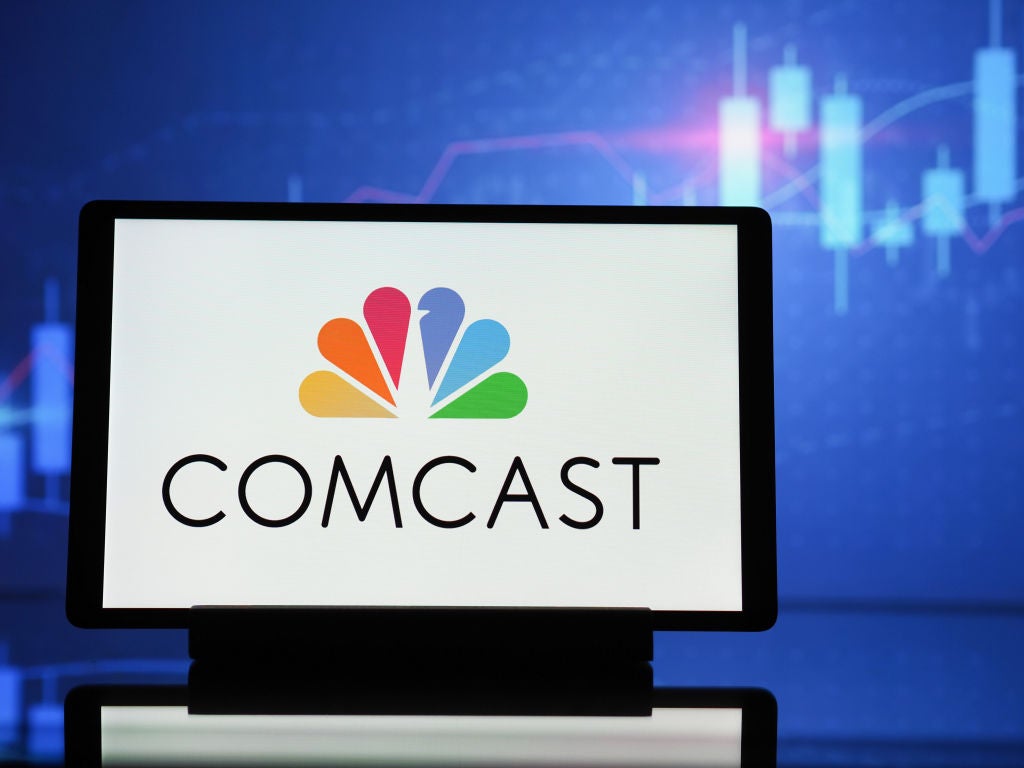
Just a few years after 4K made its debut, 8K TV is here. With several manufacturers at the 2018 Internationale Funkausstellung (IFA) technology show in Berlin, it has certainly received a degree of hype. Is worth it upgrading to 8K, or, like 3D televisions before it, will the technology fail to live up to expectations?
With a horizontal resolution of 7,680 pixels, 8K TVs are the highest resolution televisions currently available. 8K has four times as many pixels as 4K and 16 times as many as full HD. With Samsung launching a whopping 85in screen, this means a total of 33 million pixels.
Samsung and LG both revealed 8K TVs at the IFA tech show. Samsung’s 85 inch 8K TV will reportedly go on sale before the end of September. It boasts 4000 nits (a measure of brightness) which the company describes as “perfect reality”.
LG’s offering, the 88 inch super UHD TV, is not likely to be on sale any time soon.
Other companies to launch 8K TVs at the show included Chinese tech company TCL, which launched its first 8K TV, and Sharp’s which previewed its second generation television.
The barriers to 8K TV
A major hurdle in the introduction of 8K is that the televisions themselves are currently ahead of the content available for them. There is currently not a great deal of content available for 4G, with options on Netflix limited, and even less for 8K.
How well do you really know your competitors?
Access the most comprehensive Company Profiles on the market, powered by GlobalData. Save hours of research. Gain competitive edge.

Thank you!
Your download email will arrive shortly
Not ready to buy yet? Download a free sample
We are confident about the unique quality of our Company Profiles. However, we want you to make the most beneficial decision for your business, so we offer a free sample that you can download by submitting the below form
By GlobalDataJapanese public broadcaster NHK is due to start broadcasting in 8K in December, ahead of the Tokyo Olympics in 2020. However, as no other countries have plans to broadcast in 8K any time soon.
Furthermore, broadcasting in 8K requires a huge amount of bandwidth, and there are currently only a few cameras that can capture 8K. An 8K TV will also come with a hefty price tag, with Sharp’s selling one of its models for £10,999, and some estimating that Samsung’s model will retail at around $14,000.
However, Samsung believes it may have the answer to this. It is the first manufacturer to implement artificial intelligence (AI) technology into a QLED TV, which the company claims automatically upscales lower-resolution videos into 8K picture quality. This means that content designed to be watched on a lower-resolution screen can be converted to 8K.
Another potential drawback is whether extra pixels actually results in a better picture. According to Endgadget, it is difficult for the human eye to take in that many pixels, meaning you would need to sit very close to the screen to really tell the difference. In other words, it may be difficult to spot any real difference between 4K and 8K screens.
However, more people are buying televisions, with TV unit sales in the US up 11% compared to the same period last year according to NPD. This may work in favour of companies pushing 8K, but it may be a while before the technology reaches the mainstream.
Technology industry analyst at NPD Stephen Baker told CNET that it is unlikely that 8K will see huge sales in the near future:
“[8K] is fun, it is interesting, it gives a glimpse of where the technology is moving. But it is not a product designed to move large numbers of units at Walmart in the next few years.”




